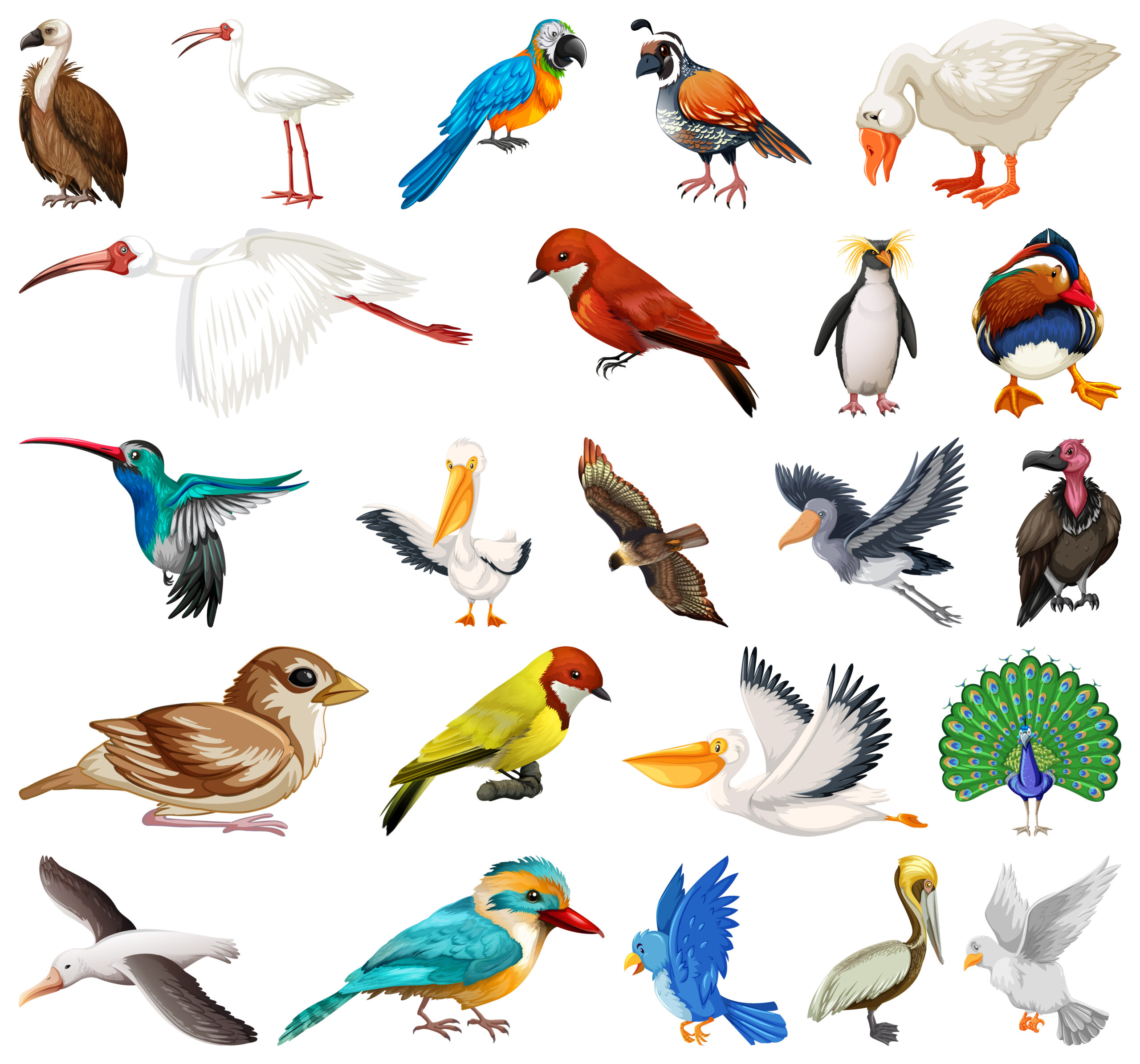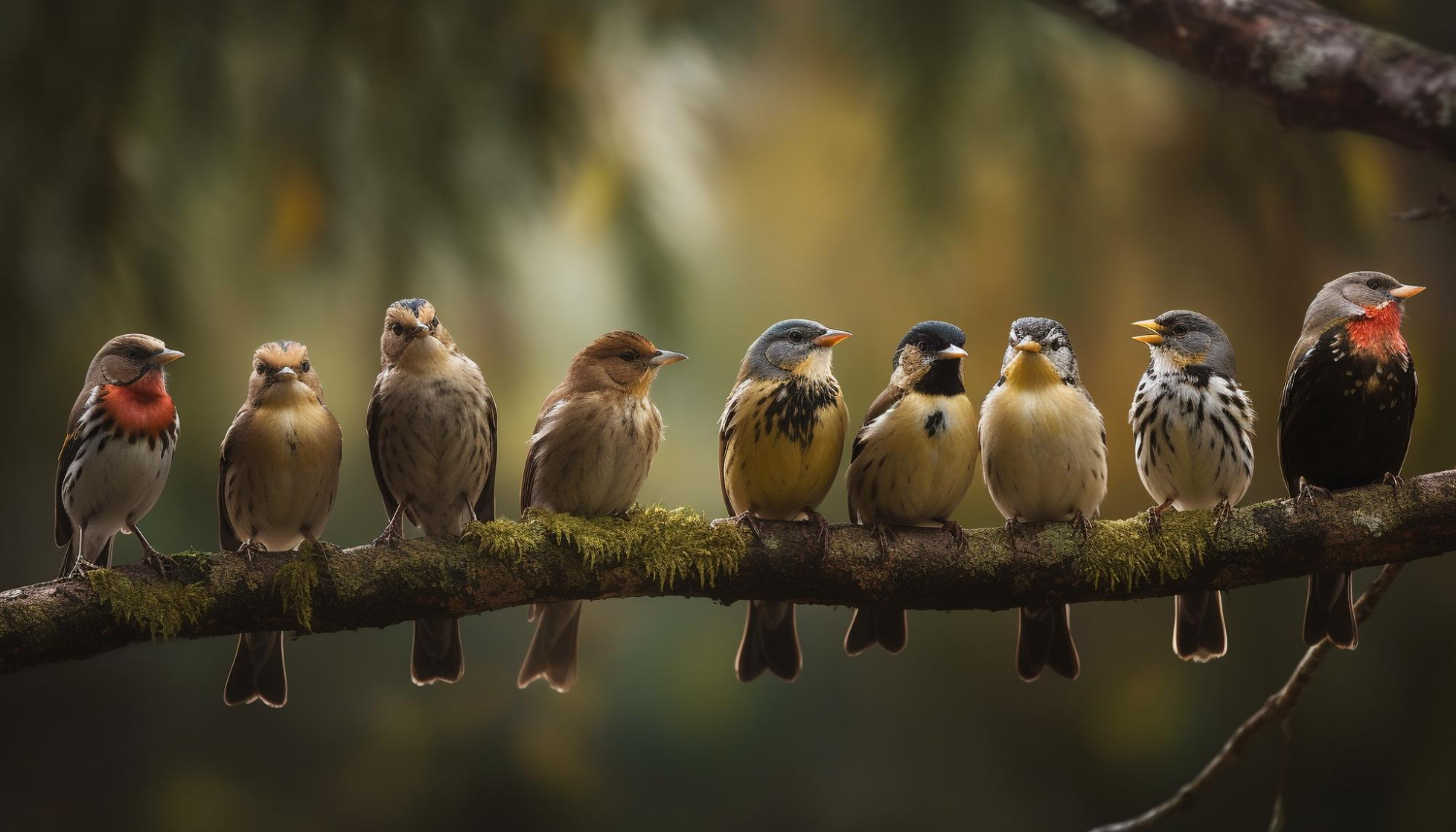Every dusk brings with it a veil of mystery, as the world of daylight fades and a secret symphony begins. For bird enthusiasts everywhere, the notion of birds that sing at night conjures images of ethereal melodies drifting through moonlit forests and urban landscapes alike. In this article, we’ll guide you through the latest discoveries of six remarkable night singers and explore what makes these mystical birds so enchanting. Prepare to immerse yourself in stories of hauntingly beautiful calls, surprising behaviors, and the very adaptations that allow these creatures to flourish in the moonlight.
Table of Contents
The Enchanting World of Birds That Sing at Night
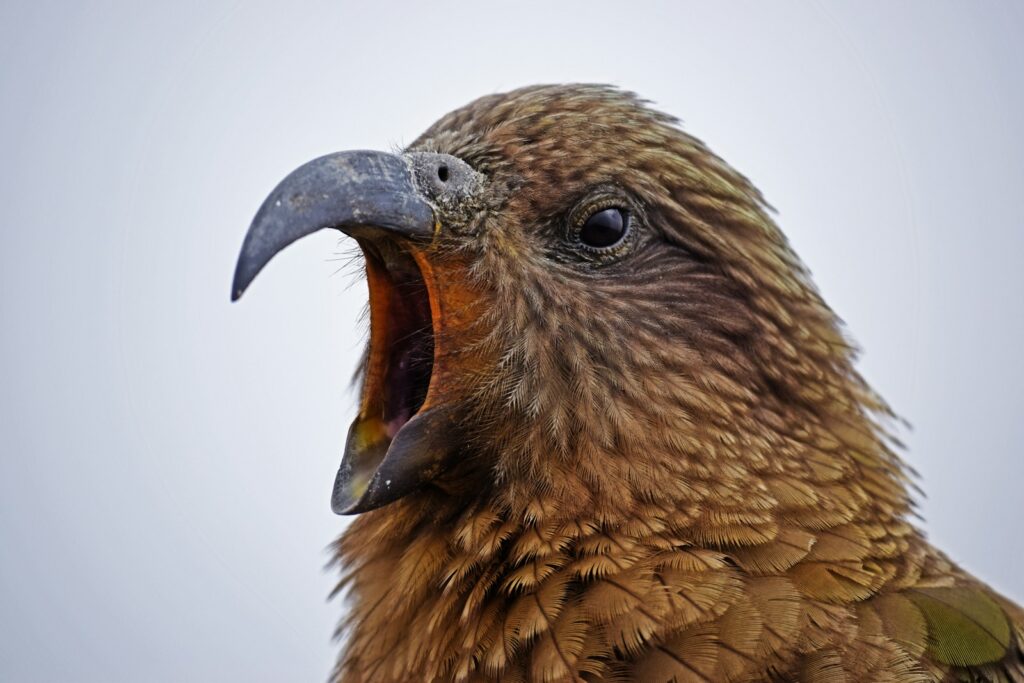
In the hush of evening, birds that sing at night transform the world around us into a living concert hall. Their songs serve multiple purposes— from attracting mates to defending territory—yet each melody feels like a whispered secret shared under the stars. Whether you’re exploring a dense woodland or stepping onto a city balcony, the serenade of nocturnal avians invites you to listen more closely. For anyone eager to deepen their bond with the natural world, understanding these night-time performers is a thrilling first step.
Nightingale: The Legendary Night Singer
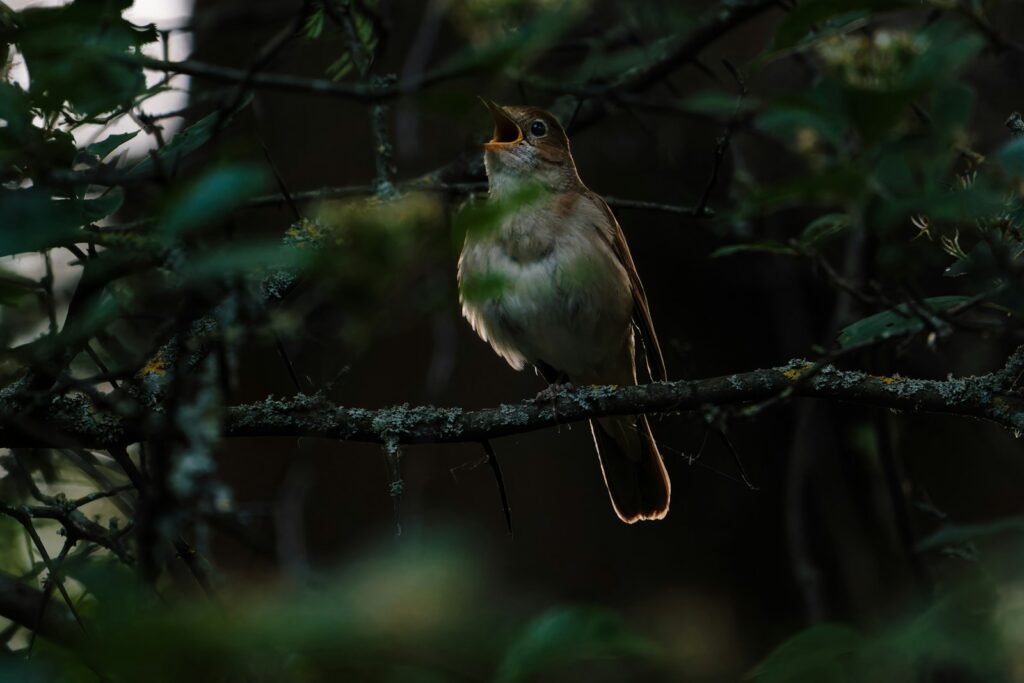
Few birds embody the phrase birds that sing at night better than the timeless nightingale. Revered in poetry and song, this small songbird produces a fluid, flute-like melody that can last for minutes on end. Often heard but seldom seen, nightingales perch in dense underbrush and serenade passersby with a complex repertoire of whistles, trills, and gurgles. Their gift for improvisation ensures that no two performances are identical— each nocturnal concert is an exclusive, once-in-a-lifetime experience.
Eastern Whip-poor-will: The Nocturnal Chanteur

Stealthy and cryptic, the Eastern whip-poor-will stands out among birds that sing at night with its distinctive, rhythmic call. Native to North American woodlands, this cousin of the nightjar utters a repetitive “whip-poor-will” that echoes through the verdant undergrowth. They rely on still nights and minimal light to perform their courtship song, which can continue for hours if undisturbed. Spotting one in the wild is rare, but hearing its voice instantly transports you into a primeval realm where darkness and sound reign supreme.
American Woodcock: The Twilight Trumpeter

More than just a secretive forager, the American woodcock surprises many as one of the notable birds that sing at night. At dusk, males embark on sky-dance displays: launching into the air while emitting a nasal “peent” call, then spiraling back to earth with wing-whistles. This remarkable aerial performance blends song, movement, and acoustics to draw in potential mates. Listen for these twilight trumpeters in young forests and shrublands, where their cryptic plumage makes them nearly invisible by day.
European Robin: The Urban Night Trill

While most people know the robin for its cheerful daylight song, this hardy species has adapted into one of the more surprising birds that sing at night in city centers. Under the glow of streetlamps, European robins continue their melody late into the night, defending small territories and signaling fitness to potential partners. Their clear, melodious warble adds an unexpected charm to urban patios and parks after dark. If you’re in a European city, take a late-evening stroll— you may find these little night trillers perched boldly on lampposts.
Northern Mockingbird: The Midnight Melodist

Celebrated for its mimicry, the Northern mockingbird earns its place among birds that sing at night by expanding its song repertoire when the world is quiet. Males often belt out chains of borrowed tunes— from other birds to mechanical whistles—long after sunset. This extended performance helps them establish and maintain territories, especially in suburban neighborhoods where light pollution gives them extra hours to sing. For those seeking a truly eclectic nocturnal soundtrack, the mockingbird’s midnight set is impossible to beat.
Common Nightjar: The Dusk Drummer
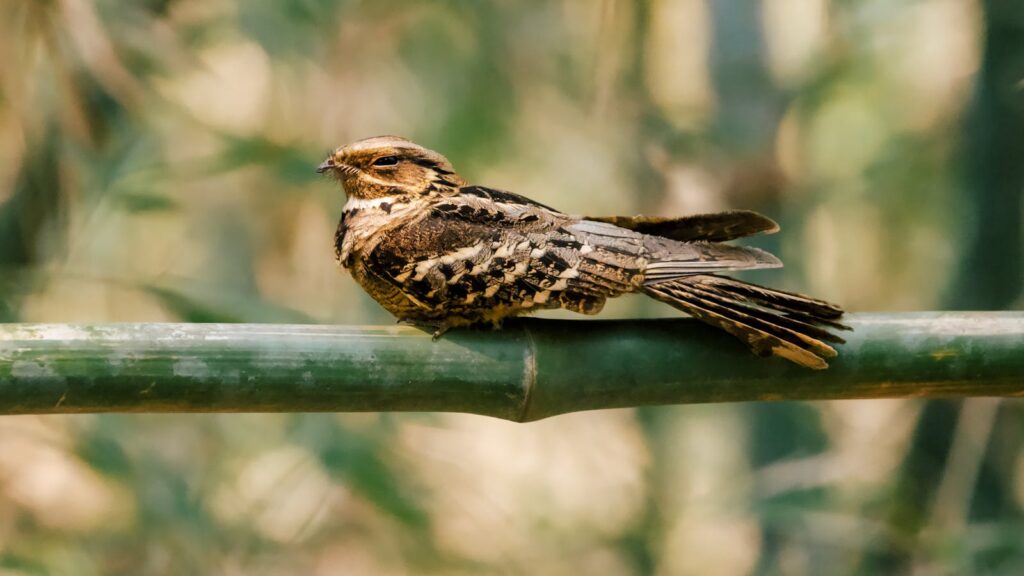
Cloaked in mottled plumage that resembles tree bark, the Common nightjar blends into its surroundings until you hear its soft, repetitive wing-beats and low churring song. As one of the dragonfly-eating birds that sing at night, it emerges at dusk to call and glide gracefully overhead. Their cryptic camouflage keeps them hidden by day, but come twilight their eerie “churr” resonates through open woodlands and clearings. Observing a nightjar in flight is a mesmerizing reminder of nature’s balance between sight and sound.
Adaptations That Empower Birds That Sing at Night

Surviving—and singing—in darkness demands unique adaptations for birds that sing at night. These species often possess heightened auditory perception, allowing them to locate rivals and mates by sound alone. Many also have larger eyes or specialized oil droplets in their retinas to improve low-light vision. Beyond physiology, behavioral shifts like timing songs to quieter hours help them stand out against daytime competitors. Together, these evolutionary traits create the perfect setup for a nocturnal concert.
Conservation Challenges for Birds That Sing at Night
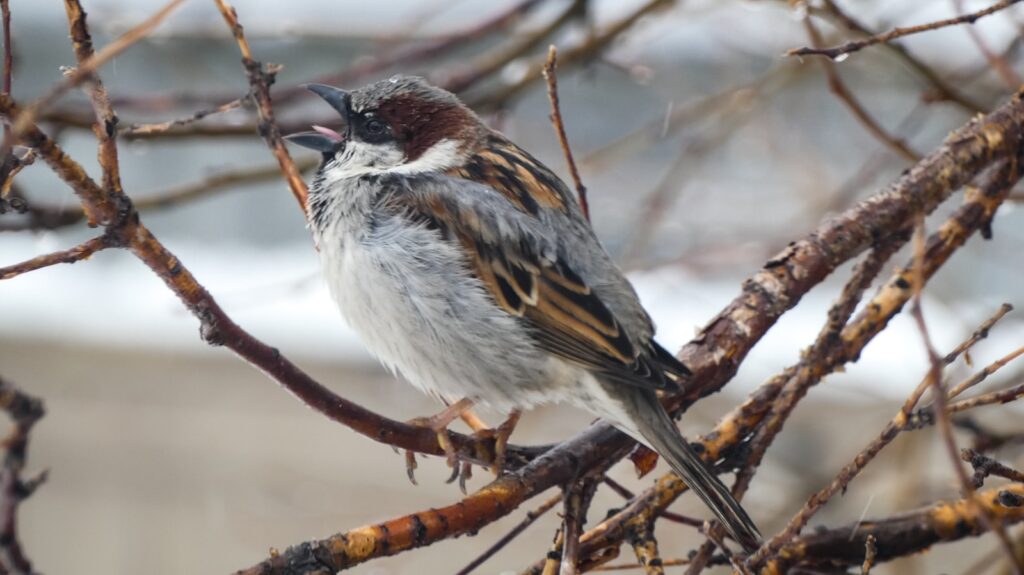
Despite their enchanting performances, birds that sing at night face growing threats from habitat loss, light pollution, and climate change. Artificial lighting can mask their calls, disrupt migration cues, and increase predation risks. Deforestation and urban sprawl shrink the very woodlands and shrubby areas these birds rely on for nesting and foraging. Conservation efforts— such as creating dark-sky reserves and preserving critical habitats— are vital to ensure these mystical night singers continue their serenades for generations to come.
How to Experience Birds That Sing at Night Safely
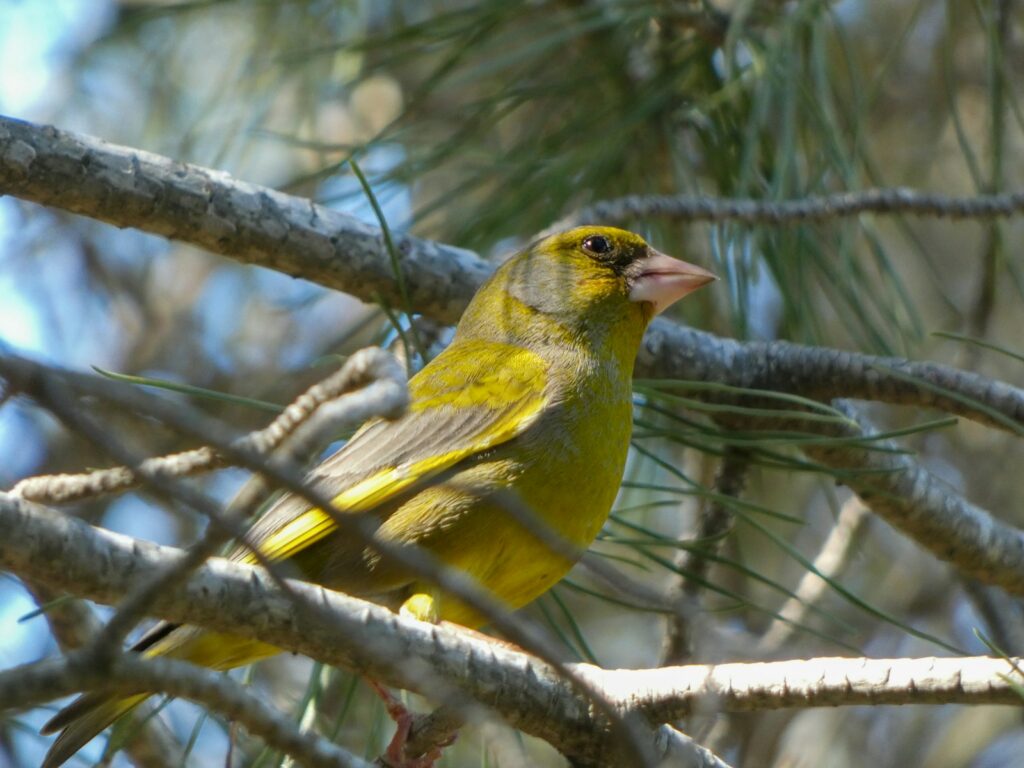
Eager to hear birds that sing at night in their natural element? Begin by researching local species and their active seasons, as some night singers call only during breeding periods. Use a red-filtered flashlight to minimize disturbance and keep voices low to let their calls shine through. Choose nights with clear skies and little wind, and position yourself near known breeding grounds— but always maintain a respectful distance. By following these guidelines, you’ll create lasting memories without impacting the delicate balance of their nocturnal world.
Conclusion
From the legendary nightingale to the adaptable city robin, the realm of birds that sing at night is as diverse as it is captivating. Each melodic performance under the moonlight offers a chance to connect more deeply with nature’s hidden symphony. So the next time the sun dips below the horizon, step outside, tune your ears to the twilight, and let these mystical birds be your guide into the enchanting world of nocturnal song.


